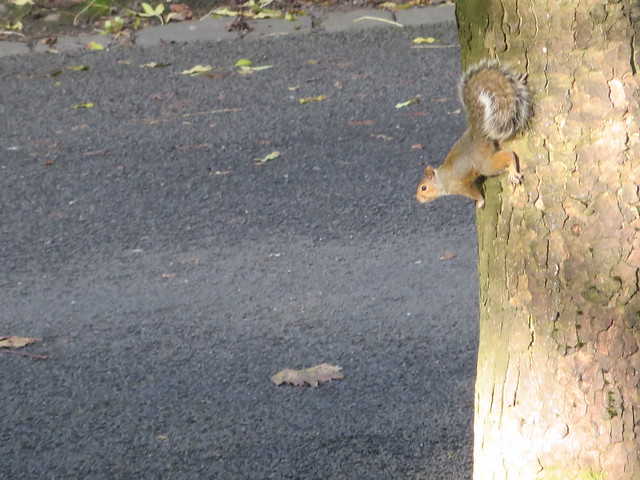This is a question that Karen and I have been mulling over for the past couple of weeks – without coming to any firm conclusions. This week we threw it open to the CLMOOC DigiwriMo Pop-up in the form of a S L O W chat embedded in a Google Doc. Here’s some of the things this got me considering:
- When is a photo “just” a photo and when does it become digital writing?
- Is it necessary that it contains alphanumeric text? Is it sufficient that it does?
- What about the addition of hyperlinks?
- What can we say about meaning? Can we make sense of a multiplicity of meanings/perspectives?
- Is it better to talk about digital composition?
- Are we asking the wrong question, as Tellio suggested?
And so, so much more. Come join us in the text and in the margins and add your voice to our conversation.









































